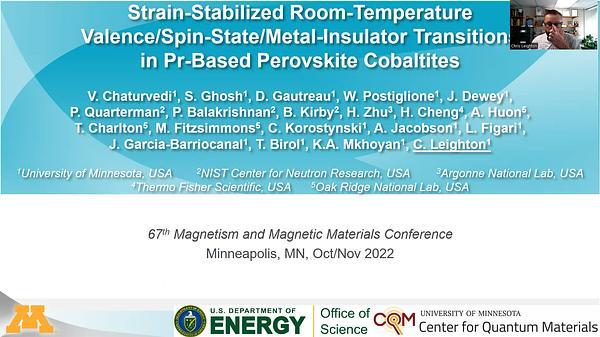Would you like to see your presentation here, made available to a global audience of researchers?
Add your own presentation or have us affordably record your next conference.
Magnetic skyrmions are topological structures in magnetic materials such as ferromagnets (FMs) and antiferromagnets (AFMs). They are expected to become promising candidates of the logic gates in the next generation. Among them, the skyrmions in the FMs have been studied extensively. However, there exists main obstacle such as the skyrmion Hall effect when making the logic gates using skyrmions in the FMs. Recently, the skyrmions in the AFMs have been proposed in order to overcome the main obstacle. Moreover, the skyrmions in the AFMs move much faster than the skyrmions in the FMs. Therefore, it is very beneficial to make the logic gates based on the skyrmions in the AFMs. However, the logic gates based on the skyrmions in the AFMs have not been well studied.
In this study, we propose the logic gates based on the skyrmions in the AFMs. We assume KMnF3 thin films on Pt as the AFMs 1-3. Figures 1 and 2 show the micromagnetic simulation results of the logic AND gate for the input combinations (1, 0) and (1, 1), respectively. The black circles represent the input and the output positions of the logic gate. The black arrows represent the elapse of time. The existence or the non-existence of a skyrmion represents one bit of "1" or "0", respectively.
As shown in Figs. 1 and 2, we can obtain the outputs 0 and 1 for input combinations (1, 0) and (1, 1), respectively. Similarly, we can obtain the outputs 0 for the input combinations (0, 0), (0,1). It is found that the antiferromagnetic systems in Figs. 1 and 2 act as the logic AND gates. Therefore, we have been able to realize the logic AND gate using the skyrmions in the AFMs. In our presentation, we are going to discuss the micromagnetic simulation results of not only "the logic AND gate" but also both "the logic OR gate" and "the logic NOT gate". Moreover, we are going to discuss how to transfer the output of one logic gate to the input of another logic gate. We consider that this study would be useful for making the logic gates using the skyrmions in the AFMs.
References
J. Barker and O. A. Tretiakov, Phys. Rev. Appl 116, 147203 (2016).
N. Bindal, C. A. C. Ian, W. S. Lew, and B. K. Kaushik, Nanotechnol. 32, 215204 (2021).
X. Zhang, Y. Zhou, and M. Ezawa, Sci. Rep. 6, 24795 (2016).

Fig. 1 The micromagnetic simulation results of the logic AND gate for the input combination (1, 0).

Fig. 2 The micromagnetic simulation results of the logic AND gate for the input combination (1, 1).
